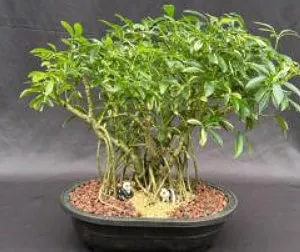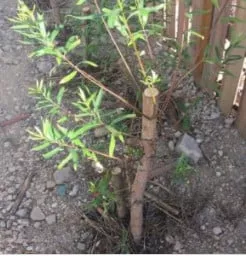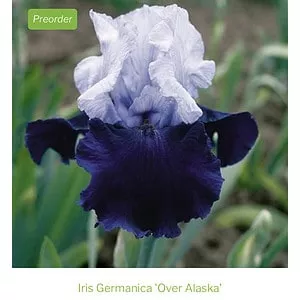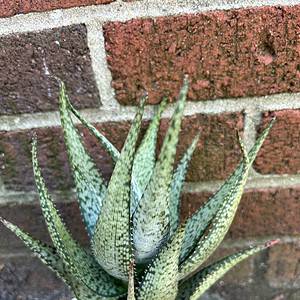No products in the cart.
Are you looking for a hardy evergreen shrub for your landscape or container garden? Then having the Nandina domestica will add year-round interest to your yard. You can grow them in a splash of contrasting colors in rockeries, borders, or a hedge.
Or you can grow them in pots, making them favorable landscapes with their compact habit growth.
PLANT NAME: Nandina domestica ‘Seika’ Obsession
COMMON NAME: Heavenly Bamboo
PLANT TYPE: Broadleaf Evergreen
NATIVE AREAS: Eastern Asia
GROWTH: 2.5 Feet Tall and 2.0 Feet Wide
FERTILIZER: Slow-release granule fertilizer or organic compost
LIGHT REQUIREMENT: Full to Partial Sun
PROPAGATION: Suckers
SOIL TYPE: Well-Drained Soil
TEMPERATURE: Drought Tolerant
TOXICITY: Toxic to Humans and Animals
WATERING: Medium
USDA ZONES: 6-9
About Nandina Domestica Seika Obsession
The Chinese sacred bamboo is not a fast-growing perennial but does have an upright growth with arching stems. In the garden, they add year-long interest in a container garden to the landscape.
Still, it is not a true bamboo but an evergreen shrub belonging to the Barberry family. The plant originates from the mountain forests in East Asia and is used like holly with berried stems.
According to Chinese beliefs, bamboo dispels terrible dreams and is planted near doorways in Japan. These days you find the plant growing in many gardens as ornamental. Still, in some parts of the USA zones, this Asian native is on the invasive species list.
The shrub grows with a network of rhizomes that has the habit of suckering and reseeding. As a result, it forms an unbranched cane-like growth and does become leggy if not pruned. In late spring, it blooms flowers, followed by fruit in the fall, persisting throughout winter.
The foliage is reddish but changes in the fall and varies in the seasons. So, before you purchase this evergreen to add it as an accent to your garden, first check if you can.
Nandina Domestica Care
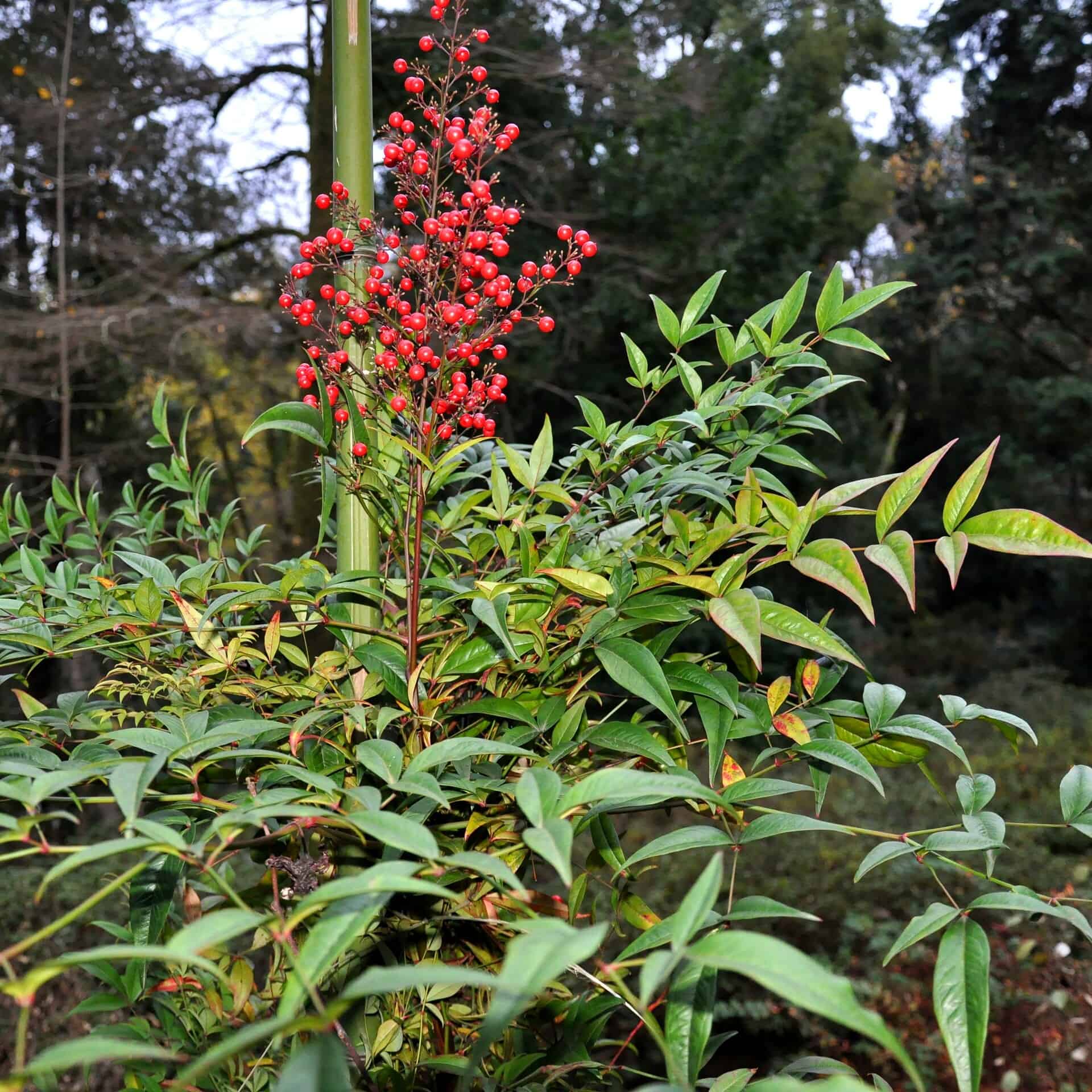
The Obsession Nandina is not a fussy plant but cannot tolerate waterlogged conditions and does appreciate some shelter from the cold as winter rolls in. Depending on where you live in the USDA zone, your plant can lose its foliage with cold winds and temperatures.
The Best Soil For Landscape or Container Garden
The Obsession Nandina looks excellent in mass planting but does well in containers. While it adapts to various soil, it grows best in the ground and pot in loamy, well-drained soil.
Depending on the soil, if it has a lot of alkalines, the blue-green mature foliage with a touch of red turns yellow. You can plant them anywhere except in mid-summer, but the best is early spring or autumn.
Doing this allows your low-maintenance evergreen to become established before winter.
The Best Planting Spot For The Nandina Naturally Compact Growth Habit
Growing in a landscape barren area, the Nandina will bring a welcome change with its primary colors to your garden. Still, it helps to follow some planting instructions. It helps to space your traditional Nandinas according to their mature size.
Dig a hole twice as wide but still at the same depth as the nursery pot and root ball. Once planted, water your plants deeply, allowing them to settle in. Also, keep a spread of at least 2 feet between them, but it does depend on the species you grow.
Then add a layer of mulch over the root zone to prevent weeds from competing with them. Another important thing is to create an 18-inch deep root barrier around this outdoor plant to prevent them from spreading.
For containers, you will need to repot them every three years. One thing is for sure standing on a patio adds wonderful texture to color appeal. When winter arrives, you can move them indoors.
Lighting Needs For The Blue-Green Mature Foliage to Remain Gorgeous
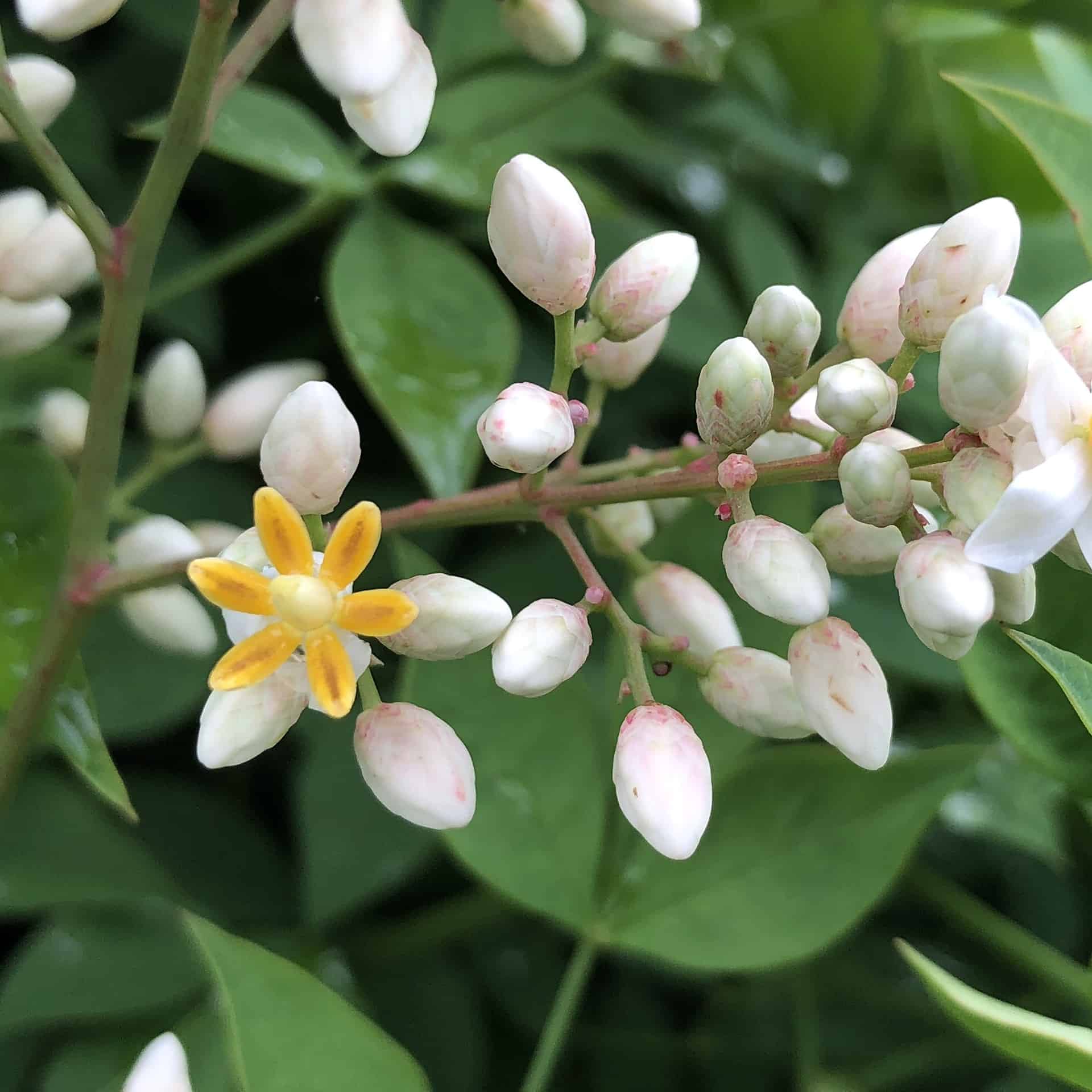
Your Obsession Nandina adapts to light conditions, from full sun to partial shade. But if you want to display the gorgeous medley of colors, it is best grown in full sun with afternoon shade. Your plant can tolerate full shade, but the foliage color will not be that bright.
Furthermore, standing in the shade and the foliage remains wet leads to leaf spot disease.
Watering Your Obsession Nandina
The naturally evergreen plant needs deep watering during the first growing season to help establish an extensive root system. We recommend keeping the soil moist but never waterlogged.
For containers, you will need to water often when it is warm, and the air is dry. So stick your finger in the ground to feel if the surface below is dry. Also, it depends on the location where you have your Nandina planted.
Temperature and Humidity

The Obsession Nandina tolerates temperatures as low as 0°F to as high as 80°F, but if the temperatures go below or higher, it will not survive. Therefore, the best is to grow them in a warm but mild, humid region with wind protection, like in the USDA zones 6-9.
When grown in the USDA zone 7, it will die down to the ground but recovers in early spring. You can add some mulch around the base of your plant, and if grown in the ground, protect the roots with some covering from freezing temperatures.
Fertilizing Obsession Nandina
Only use light applications of slow–release fertilizers to keep your plant healthy. You can do this three times a year or use iron sulfate/chelates to help correct the leaf chlorosis growing in alkaline soils.
Pruning Your Plant
Trimming needs to be done carefully with your plant regarding the canes, so no extra pruning is needed. Nonetheless, you can do annual spring trimming of one or more trunks at the base of the plant.
Keep the lacy foliage along the trunks to give it time to thrive and remain a beautiful accent in the garden.
Add some organic matter as mulch around the base of your plant to retain moisture and micronutrients.
-
Free Shipping$313.45Sold By: BONSAI WORLD LLC
In stock
Variegated Hawaiian Umbrella Bonsai Tree Banyan Style
Sold By: BONSAI WORLD LLC -
Free Shipping$20.00Sold By: Blessed Family Farm
In stock
Peppermint Plant
Only 20 available and it’s in 1 people’s basketRated 4.82 out of 5 based on 22 customer ratings02Sold By: Blessed Family Farm -
Free Shipping$29.99 – $36.99Sold By: Twigz Nursery
In stock
Austree Hybrid Willow Salix Cutting
Rated 4.93 out of 5 based on 90 customer ratings09Sold By: Twigz Nursery -
$10.00Sold By: Smoot's Farm
In stock
Over Alaska Iris
Rated 4.89 out of 5 based on 27 customer ratings00Sold By: Smoot's Farm
Propagating Obsession Nandina
The Obsession Nandina self-seeds fast to spread, but you can propagate them through the suckers found at the base of the plant. You can remove the suckers and replant them in a container or in the garden.
Nandina Domestica Varieties
For adding accents to your landscapes, the Nandian domestica makes this happen with its compact growth. Still, you need to check your USDA zones and, if permitted, grow them in the garden as they are invasive. Alternatively, grow them in containers. Aside from the famous Nandina domestic firepower, below are some of the Chinese bamboo varieties.
Nandina Blush
Throughout the seasons, you see new foliage emerging in hues of pink, turning to a dark red and maroon color as winter arrives. It is a dwarf variety and non-spreading with a compact habit when growing.
Harbour Dwarf Nandina
This indoor plant can grow up to three feet tall and is another dwarf variety with small narrow foliage that forms a dense mound. The leaves have a coppery tinge on the green background. It remains evergreen, but the foliage turns red in winter.
Nandina Flirt
The foliage has a coppery red hue adding all year-round interest to a garden.
Nandina Gulfstream

It is a popular plant changing color according to the season and has a scarlet red hue becoming turquoise green in summer with a reddish tint in the fall.
Nandina Domestica Common Diseases and Pests
While there are no serious concerns with pests and diseases, you can still find occasional scale and mites on your plant. Still, all parts of the plant are very toxic to most animals.
Frequently Asked Questions
The Fire Power has a more compact growth than the Obsession Nandina. It also starts red, turning scarlet in the fall. It is also a non-invasive species compared to Obsession.
The Nandian filamentosa is the reddest plant of them all, with scarlet red foliage in winter, and the colder it gets, the darker the red hue becomes.
The plant reaches a height of 2.5 feet as a mature plant.
Add some class and pride to your garden by pairing your Obsession Nandian with some Red Garden Jewels Gerbera Daysies to form a red carpet.
To prepare nandina for winter, follow these steps to ensure a healthy and pest-free plant:
- Water thoroughly in fall to help roots store moisture.
- Apply a layer of mulch around the base to insulate roots.
- Prune dead or diseased branches.
- Monitor for pests and treat if necessary.
- Avoid over-fertilization, as it can make the plant more susceptible to winter damage.
Nandina Obsession” typically reaches a height of 3 to 4 feet and a width of 2 to 3 feet, making it a compact and manageable shrub for landscapes.
Whether you want to buy, sell, or simply reach out to other plant enthusiasts, Plantly is the right place to be!
-
$15.00Sold By: Painted Petals and More
In stock (can be backordered)
Aloe hybrid
Only 6 available and it’s in 1 people’s basketRated 4.78 out of 5 based on 64 customer ratings00Sold By: Painted Petals and More -
$35.99Sold By: Succulent Oasis
In stock
Mature Succulent Plant Echeveria ‘Hortencia’ Hybrid.
Rated 4.84 out of 5 based on 352 customer ratings00Sold By: Succulent Oasis -
$14.99Sold By: BubbleBlooms
In stock
Ferocactus emoryi, Star Shaped Emory’s barrel cactus, Coville’s barrel cactus, 5-point Cactus, in 4 inch pot, well rooted healthy starter
Rated 4.81 out of 5 based on 279 customer ratings03Sold By: BubbleBlooms -
Free Shipping$21.99Sold By: Gar-Zen Botanical Design
In stock (can be backordered)
Euphorbia milli Yellow Crown of Thorns Ship Free.
Rated 4.86 out of 5 based on 49 customer ratings01Sold By: Gar-Zen Botanical Design
